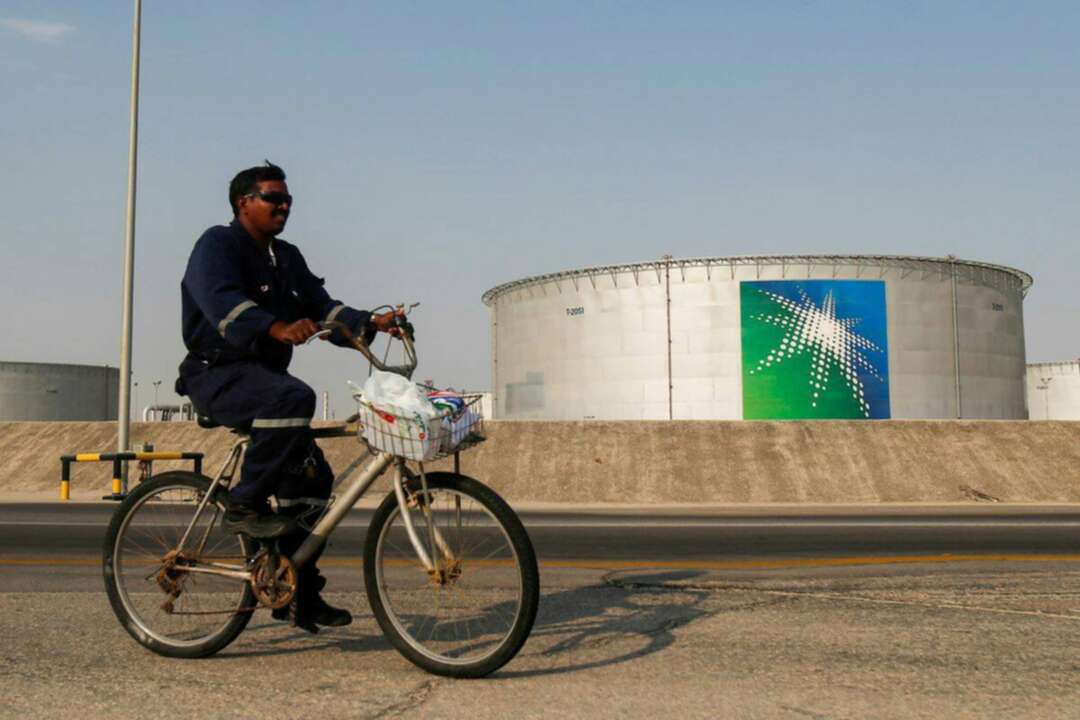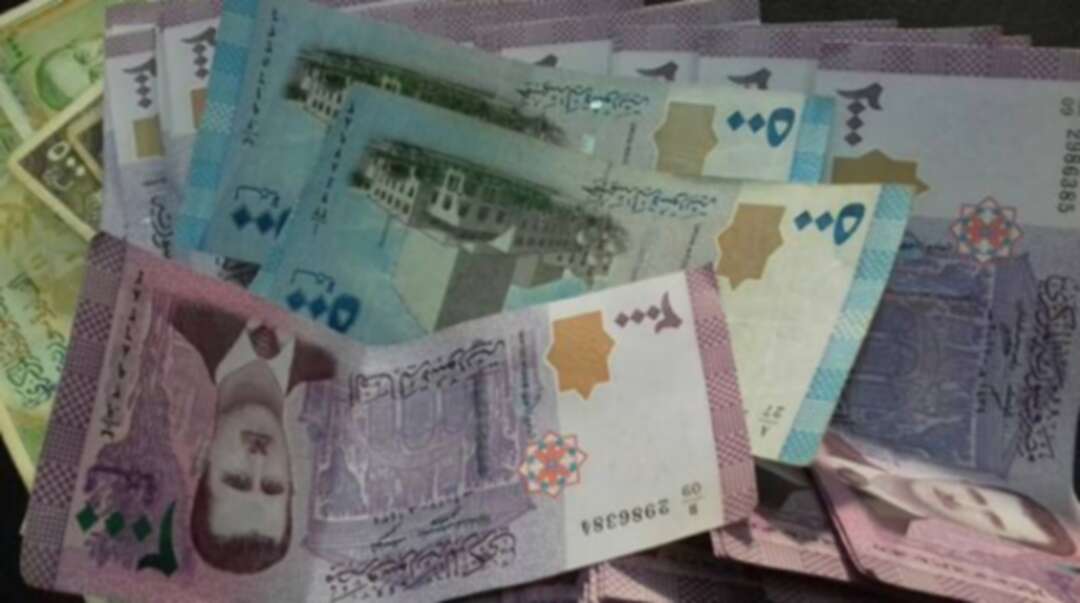-
The drop in Iranian and Nigerian oil exports in May limited OPEC oil output rise

An employee rides a bicycle next to oil tanks at Saudi Aramco oil facility in Abqaiq, Saudi Arabia October 12, 2019. REUTERS/Maxim Shemetov
Alex Lawler
OPEC oil output has risen in May as the group agreed to ease supply curbs under a pact with allies, a Reuters survey showed, although a drop in Iranian exports and involuntary reductions in African members limited the increase.
The 13-member Organization of the Petroleum Exporting Countries has pumped 25.52 million barrels per day (bpd) in May, the survey found, up 280,000 bpd from April. Output has risen every month since June 2020 with the exception of February.
Hoping for a global demand recovery, OPEC and allies, known as OPEC+, decided from May 1 to ease more of the record supply cuts made in 2020. OPEC+ meets on Tuesday and delegates expect producers to stick to the existing plan.
"The oil market looks in very good shape ahead of tomorrow's meeting," said Eugen Weinberg of Commerzbank. "Despite the mobility restrictions that are still in place, oil demand is recovering dynamically around the world."
The OPEC+ agreement allows for a 277,000 bpd increase in OPEC output in May versus April, plus Saudi Arabia had pledged to add 250,000 bpd as part of a plan to gradually unwind a 1 million bpd voluntary cut had made in February, March and April.
But with reductions in other countries offsetting the Saudi move, the increase in May OPEC output found by the survey is less than expected, and the group is still pumping much less than called for under the deal.
OPEC compliance with pledged cuts was 122% in May, the survey found, versus 123% in April.
SAUDI, IRAQ PUMP MORE
The biggest increase in May of 340,000 bpd came from Saudi Arabia as it began to unwind the voluntary cut and raised output as part of the May 1 OPEC+ boost.
OPEC's No. 2 producer Iraq also pumped more in May, the survey found, adding an extra 70,000 bpd and pushing output beyond its quota.
Libya, one of the OPEC members exempt from making voluntary cuts, boosted output in May after a force majeure on oil loadings from the port of Hariga was lifted.
These increases were limited by involuntary reductions elsewhere in the group. The biggest drop was in Nigeria, where exports slowed from a number of terminals. Angolan supply, in long-term decline, also declined.
Iran, which has managed to raise exports since the fourth quarter despite U.S. sanctions, exported less in May due to lower demand in China.
Talks with world powers on reviving its nuclear deal could soon lead to higher Iranian exports.
The Reuters survey aims to track supply to the market and is based on shipping data provided by external sources, Refinitiv Eikon flows data, information from tanker trackers such as Petro-Logistics and Kpler, and information provided by sources at oil companies, OPEC and consultants.
Reuters, May 31, 2021/4:03 PM EEST
Image Copyright Reuters
You May Also Like
Popular Posts
Caricature
BENEFIT Sponsors BuildHer...
- April 23, 2025
BENEFIT, the Kingdom’s innovator and leading company in Fintech and electronic financial transactions service, has sponsored the BuildHer CityHack 2025 Hackathon, a two-day event spearheaded by the College of Engineering and Technology at the Royal University for Women (RUW).
Aimed at secondary school students, the event brought together a distinguished group of academic professionals and technology experts to mentor and inspire young participants.
More than 100 high school students from across the Kingdom of Bahrain took part in the hackathon, which featured an intensive programme of training workshops and hands-on sessions. These activities were tailored to enhance participants’ critical thinking, collaborative problem-solving, and team-building capabilities, while also encouraging the development of practical and sustainable solutions to contemporary challenges using modern technological tools.
BENEFIT’s Chief Executive Mr. Abdulwahed AlJanahi, commented: “Our support for this educational hackathon reflects our long-term strategic vision to nurture the talents of emerging national youth and empower the next generation of accomplished female leaders in technology. By fostering creativity and innovation, we aim to contribute meaningfully to Bahrain’s comprehensive development goals and align with the aspirations outlined in the Kingdom’s Vision 2030—an ambition in which BENEFIT plays a central role.”
Professor Riyadh Yousif Hamzah, President of the Royal University for Women, commented: “This initiative reflects our commitment to advancing women in STEM fields. We're cultivating a generation of creative, solution-driven female leaders who will drive national development. Our partnership with BENEFIT exemplifies the powerful synergy between academia and private sector in supporting educational innovation.”
Hanan Abdulla Hasan, Senior Manager, PR & Communication at BENEFIT, said: “We are honoured to collaborate with RUW in supporting this remarkable technology-focused event. It highlights our commitment to social responsibility, and our ongoing efforts to enhance the digital and innovation capabilities of young Bahraini women and foster their ability to harness technological tools in the service of a smarter, more sustainable future.”
For his part, Dr. Humam ElAgha, Acting Dean of the College of Engineering and Technology at the University, said: “BuildHer CityHack 2025 embodies our hands-on approach to education. By tackling real-world problems through creative thinking and sustainable solutions, we're preparing women to thrive in the knowledge economy – a cornerstone of the University's vision.”
opinion
Report
ads
Newsletter
Subscribe to our mailing list to get the new updates!






















